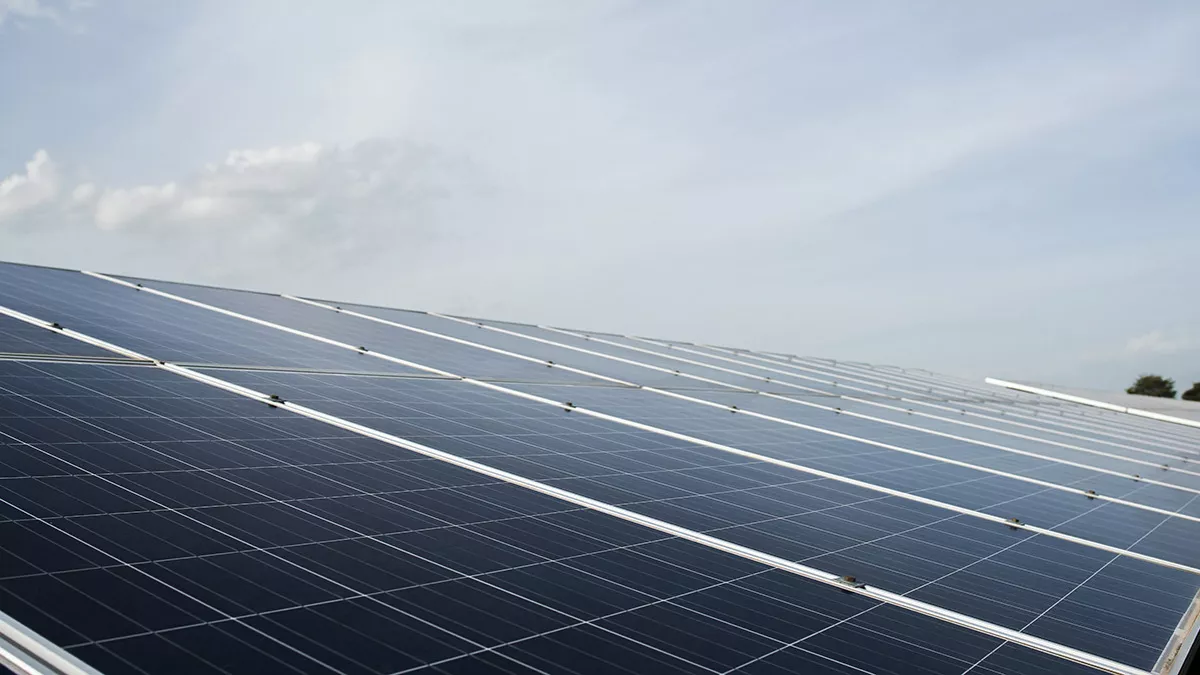Qatar enhanced efforts addressing climate change through various initiatives and projects
30 Dec 2022
News
The launch of Al Kharsaah Solar PV Power Plant (KSPP) and planting millionth tree under Plant Million Tree initiative are among the major achievements of Qatar in addressing climate change and protecting the environment in 2022. The initiative for segregating and recycling wastes for the zero-landfill goal also enhanced the State’s efforts to cut pollution and carbon emissions in the country. The establishment of charging stations for electric vehicles is also reaching an advance stage for promoting electric vehicles to curb the carbon footprint drastically.
Prime Minister and Minister of Interior H E Sheikh Khalid bin Khalifa bin Abdulaziz Al Thani planted the millionth tree at the Post office Park, on December 18, 2022, as part of the initiative ‘Plant Million Tree’, coinciding with the celebration of the country’s National Day, and the conclusion of the FIFA World Qatar 2022, which Qatar sought to be an environmentally friendly tournament.
Qatar National Environment and Climate Change Strategy is providing a roadmap to the government and private sectors to come forward with their projects and initiatives to reduce the carbon footprint.
“The National Climate Change Action Plan sets out the ways in which we as a country will track and reduce greenhouse gas emissions on an annual basis to move steadily towards a low-carbon economy,” said the Minister of Environment and Climate Change H E Sheikh Dr. Faleh bin Nasser bin Ahmad bin Ali Al Thani.
He said that Qatar National Vision 2030 clearly defines the importance of protecting the environment and natural resources, by including environmental sustainability as one of the four pillars of achieving sustainable development.
On October 2022, Al Kharsaah Solar PV Power Plant (KSPP), the first in Qatar and one of the largest in terms of size and capacity in the region, with a total capacity of 800 megawatts (MW) was launched.
KSPP was constructed on a 10sqkm land area. It includes more than 1,800,000 solar panels that utilize sun-tracking technology to follow the movement of the sun to ensure the most efficient use of land and maximize daily production. It utilizes robotic arms and treated water to clean the solar panels at night in order to enhance the plant’s production efficiency.
Al Kharsaah plant is one of the country’s strategic initiatives to build projects that contribute to reducing gas and thermal emissions, thus achieving about a million-ton reduction in annual carbon dioxide emissions.
KSPP started supplying electrical power to Qatar’s electricity grid in June, marking the start of the 400 MW first phase of the 800 MW plant. Full capacity will be reached by the end of the second phase. The KSPP can provide the national grid with about 10% of peak electricity demand.
In addition to increasing solar capacity to over 5 GW, the strategy targets reducing Greenhouse Gas emissions, and deploying carbon capture and storage technology to capture over 11 million tonnes per annum of CO2 in Qatar by 2035.
It also aims to further reduce the carbon intensity of LNG facilities bolstering Qatar’s commitment to responsibly supply cleaner LNG at scale in support of the energy transition.
On June 14, 2022, the Minister of Municipality launched an Integrated National Solid Waste Management Programme in Qatar.
The programme targets an integrated development of all facilities and systems for collecting, transporting, and managing solid waste until 2030 following principles of circular economy of Qatar National Vision 2030 and the Second National Development Strategy 2018-22.
The Integrated National Solid Waste Management Programme is also aimed at educating people about the importance of rationalising all uses in order to reduce waste in general.
The programme will also help develop regulations and legislation related to waste sorting and recycling at the source for achieving the desired goal of zero waste and stopping landfills completely.
